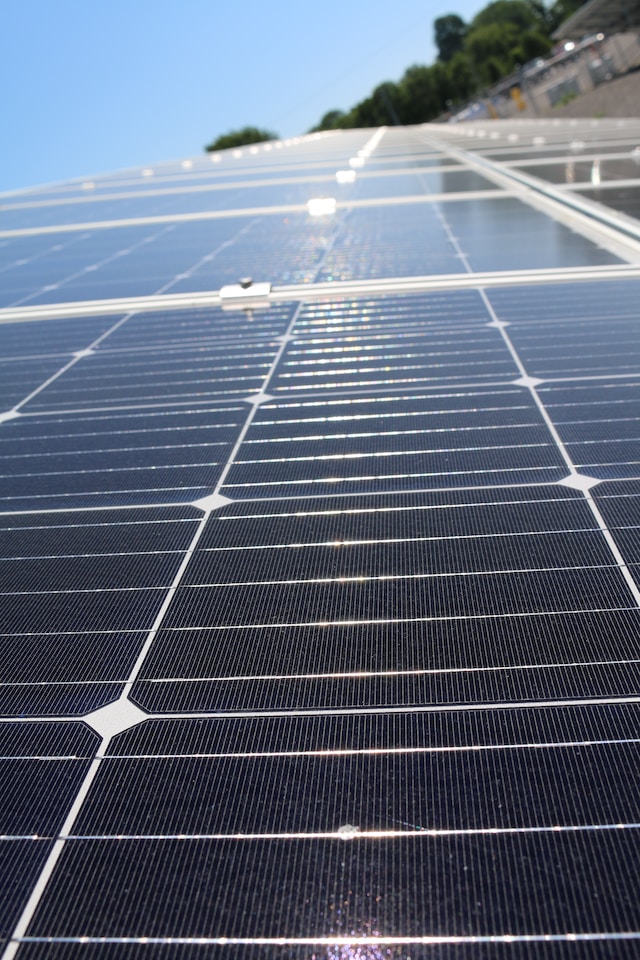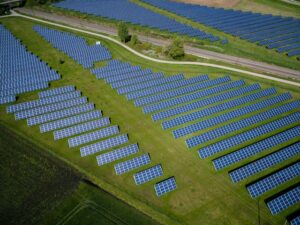Although the Midwestern countries are renowned as the primary fossil fuel consumers, the states have begun transitioning from traditional fossil fuel-based energy sources to cleaner and renewable alternatives.
With the large concentration of automotive industries in the European Western region dedicated to producing top-tier vehicles, military aircraft, and machinery, the region’s pollution level is nothing to be heard of, despite being for the noble causes of humanity.
However, Midwestern countries like Andorra, France, and the United Kingdom have started trying to transition to clean energy.
Transition to Clean Energy
Although petitions highlighting the dangers of climate change had urged countries in the mid-western region of Europe to invest in clean energy, the Russian-Ukrainian war pulled the last thread. With the sanction imposed on Russia regarding the acts of war, mid-western Europe was cut off from its primary oil and gas distributor.
While the earliest mentions of clean energy in the mid-western region date back over three decades, the true transition began due to the desire to be free of reliance on Russian fuel.
Are you curious about the mid western countries’ efforts toward this transition? You’ve come to the right place!
The Real Pioneers of Renewable Energy in Mid West Europe
Germany is reputed to be the world’s leading producer of solar and wind energy, while also investing heavily in biomass and hydropower. While the neighboring countries took quite a while before setting their full sights on clean energy, Germany took its first strides by passing the Renewable Energy Sources Act (EEG) in the early 2000s, introducing a feed-in tariff system to support the development of renewable energy.
Now, the share of renewable energy in Germany’s electricity mix has increased over a whopping 69% while still investing over 63 billion euros in renewable energy, aiming to meet up to 80% of renewable energy in its energy mix by 2030.
France’s 30 Billion Euros Investment in Renewable Energy
In 2021, President Emmanuel Macron unveiled a 5-year 30 billion euro plan for making France “The High Tech Champions of the Future,” aiming to decarbonize France. Highlighting its focus on developing offshore wind farms, solar power plants, and biomass energy facilities, France has focused primarily on wind farms, aiming to generate 24 gigawatts of offshore wind power by 2050.
Andorra’s Efforts Towards Power Innovation
Targeting a 25% share of renewable energy in Andorra’s energy mix, the country has implemented several policies and innovations towards meeting the goal.
Aside from offering a tax exemption on renewable energy projects, incentives for individuals and businesses to install renewable energy systems, and solar panels on public buildings and schools, Andorra’s partnership with Endessa is the pride of the active efforts in the region.
Endessa, a primary fuel and gas distributor, has won the tender of the Ministry of Ecological Transition and the Demographic Challenge, which is investing over 1.6 billion euro to transform the region’s coal-fired thermal power plant to solar, wind, green hydrogen and storage projects, with a total installed capacity of more than 1,800 MW of new renewable capacity.
Challenges and Future Directions for Pioneering Energy and Power Innovation in the Midwest
Considering the conditions for the mid west’s transition to clean fuel energy, it’s safe to say the transition hasnt been without its challenges. Below are the major challenges faced during this ongoing transition.
- Limited transmission capacity: The Midwest’s existing transmission infrastructure is often inadequate to support the growing number of renewable energy projects in the region.
- High costs: Renewable energy technologies, such as wind and solar, have become more affordable in recent years, but they are still more expensive than traditional fossil fuel-based energy sources.
- Job losses: The transition to clean energy leads to job losses in the fossil fuel industry, a significant employer in the Midwest.
Despite these challenges, the Midwest has several opportunities to hold its spot as the primary pioneer of energy-generation innovations. Below are future directions to pioneering energy and power innovation in the Midwest.
- Developing and deploying more efficient and cost-effective renewable energy technologies.
- Integrating renewable energy as Andorra has done.
- Electrifying transportation: This will require developing more affordable and efficient electric vehicles and expanding the availability of charging infrastructure.
- Decarbonizing the industrial sector by developing new industrial processes and technologies that use less energy and produce fewer emissions.
Conclusion
Midwest Europe has unarguably risen as a pioneering force in clean energy innovation, from wind farms gracing the plains to the burgeoning solar fields and biofuel revolution.
While challenges persist, the path is clear. By embracing efficient technologies, electrifying transportation, and decarbonizing industry, the Midwest’s commitment to sustainable energy promises a greener future, setting a shining example for all.

